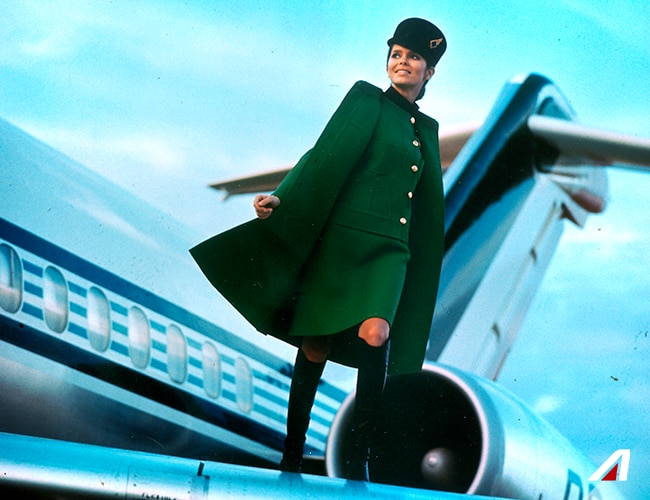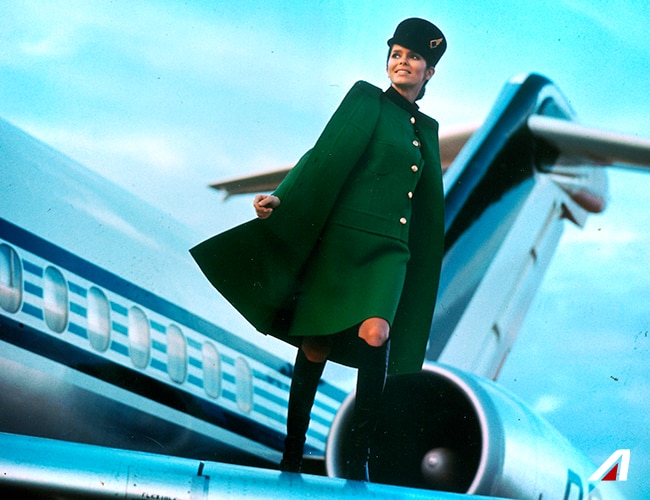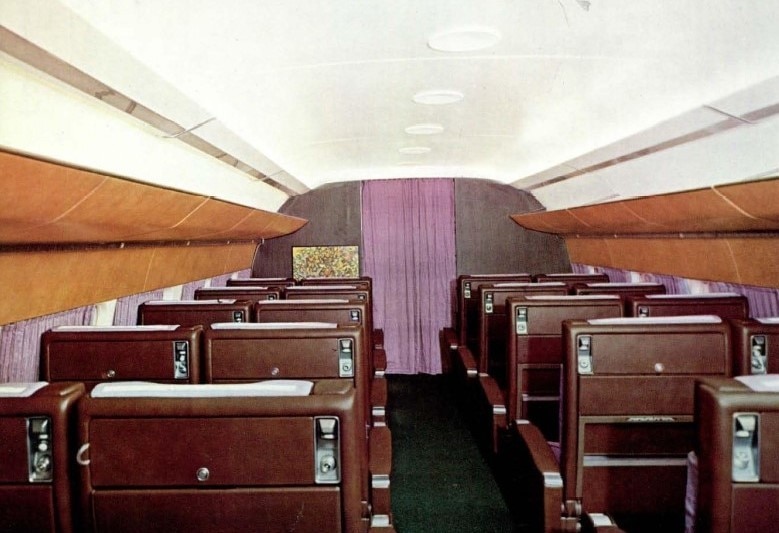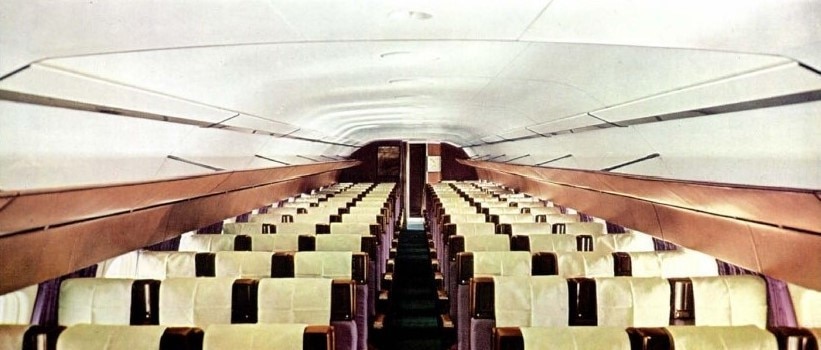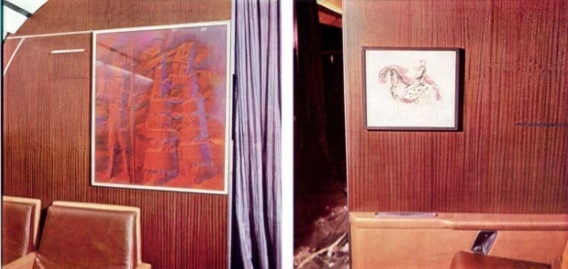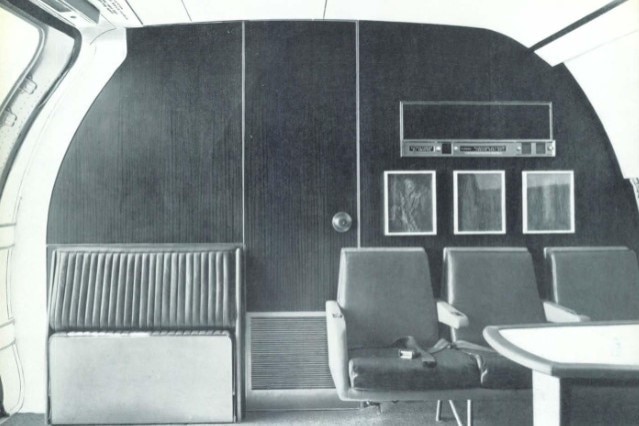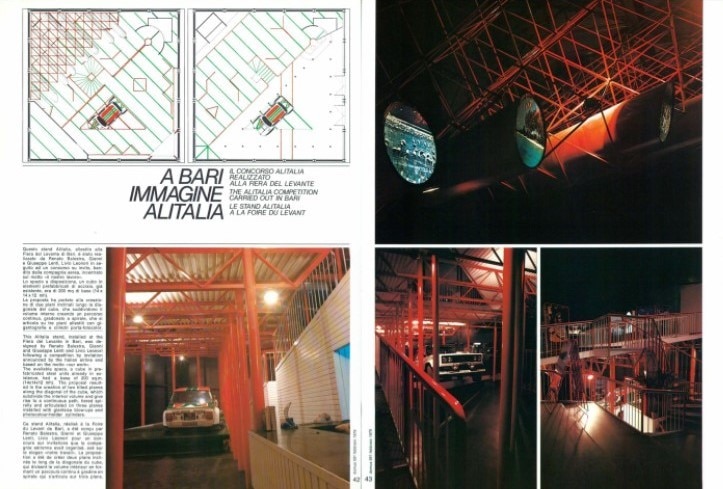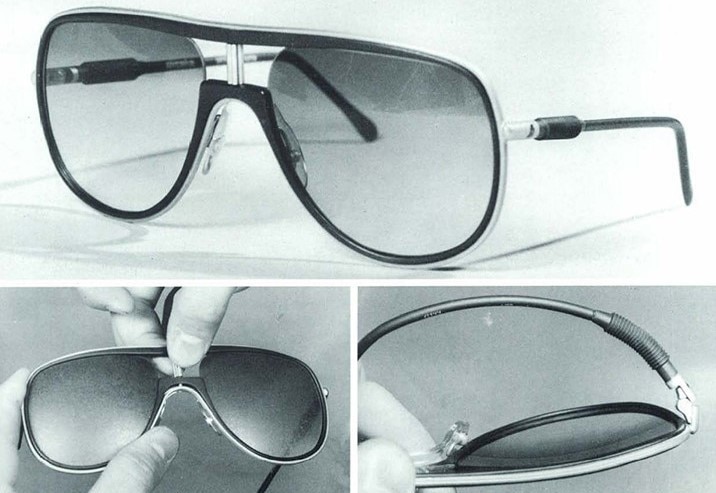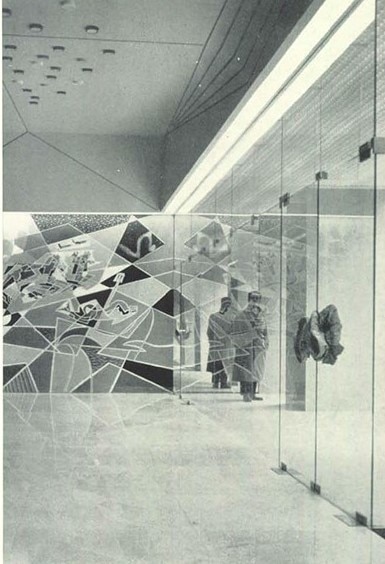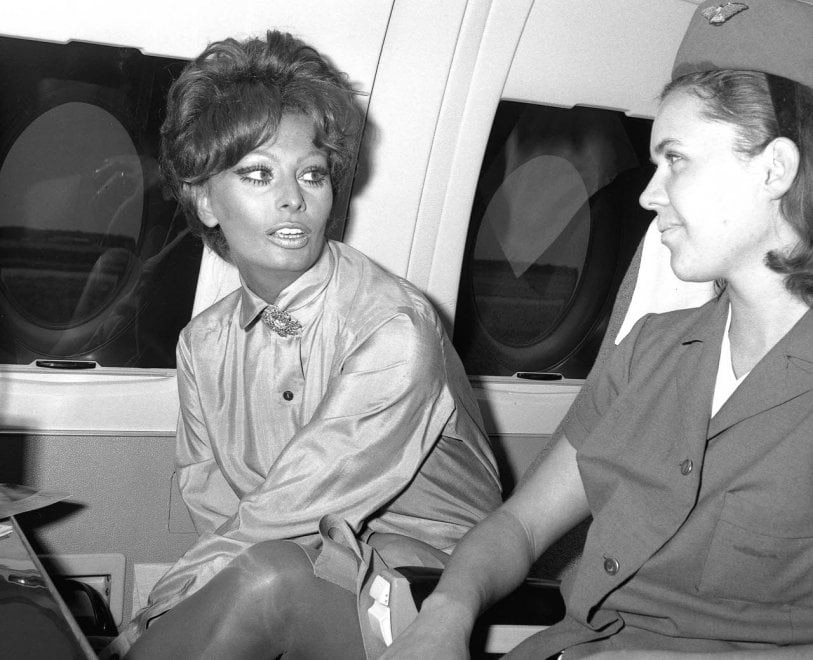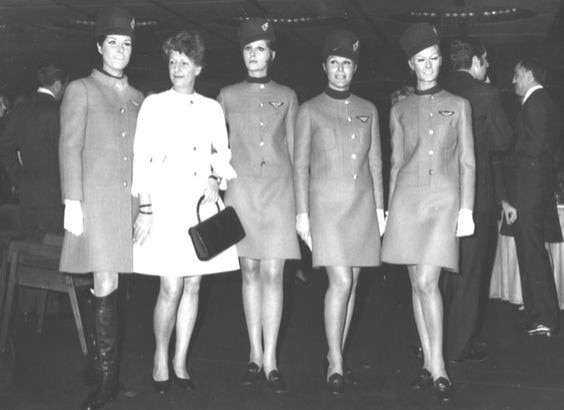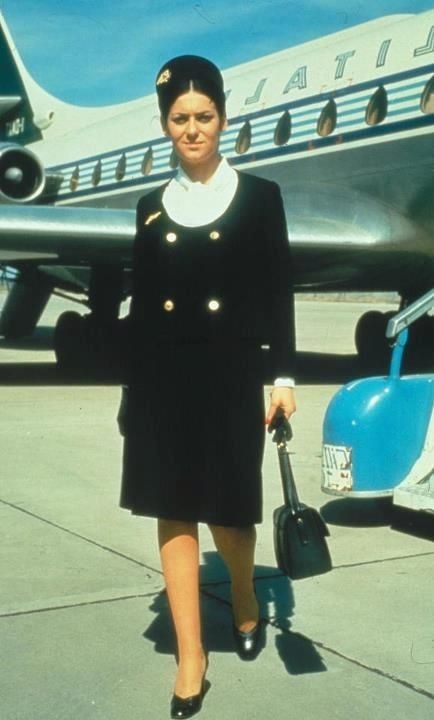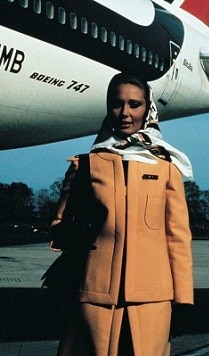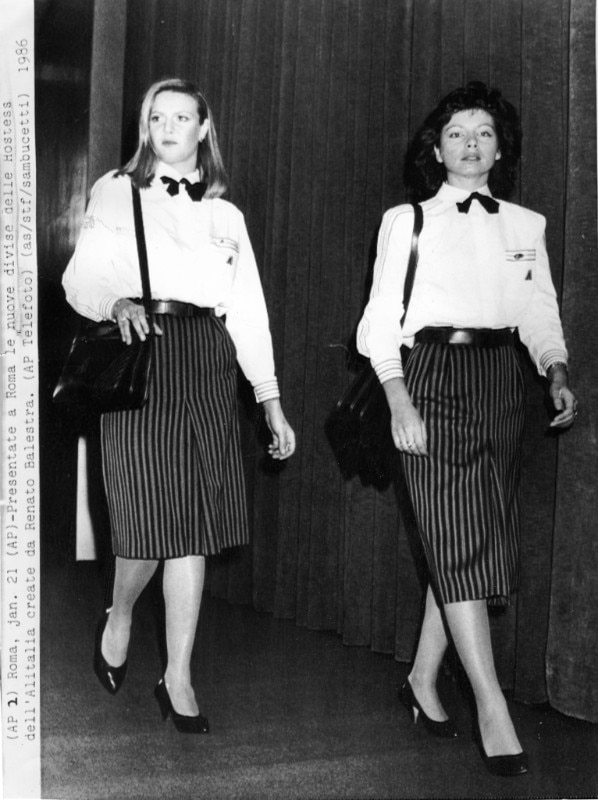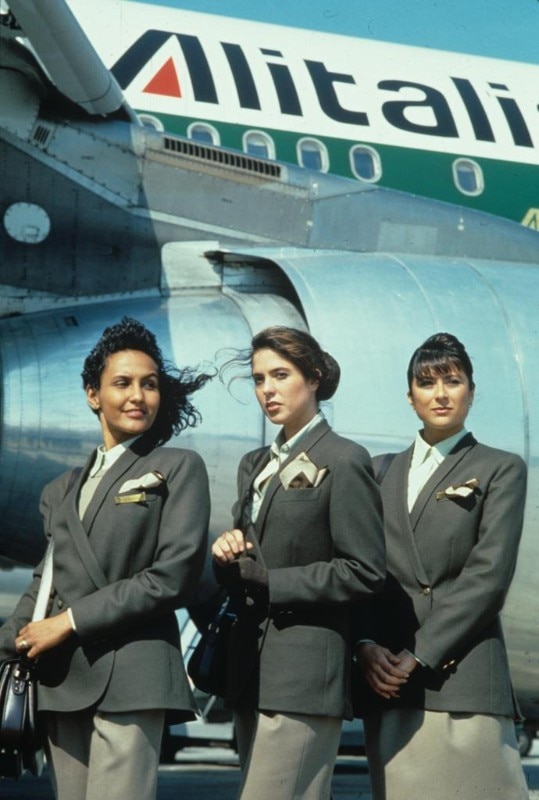In the '90s the New York Times noted how Alitalia was mostly renown for its "trendy aircraft interiors and flight attendant uniforms by designers like Giorgio Armani, rather than for service or punctuality".
An analysis that, although cynical, accurately depicted how the Italian flag carrier airline, from the end of the Second World War up to its recent capitulation, has been the country's curse and blessing, faithfully incarnating its (aesthetic) highs and (managerial) lows.
The aesthetic evolution of Alitalia often found a precious stage in Domus' pages, especially through adverts embodying the paradigm of the combination between graphic design and European mid-century elegance. Adverts where the Alitalia aircrafts, equipped with Rolls Royce engines, were dubbed as "the most modern and comfortable reaction planes". Luxury, exclusivity, and performativity, in one word: jet-set.
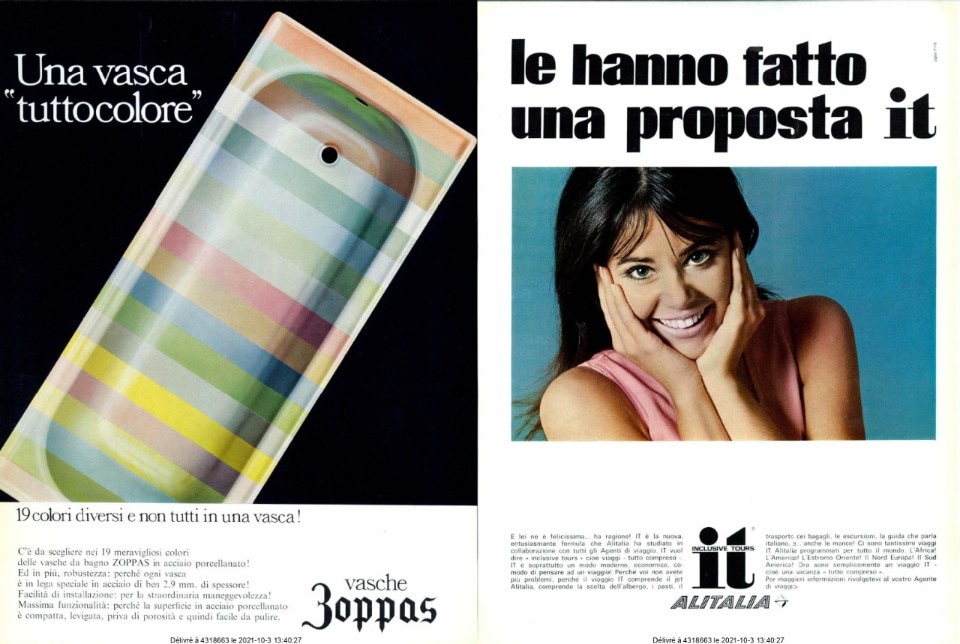
There is a cult British jazz album from 1966 recorded by vibraphonist Dave Pike entitled Jazz for the Jet Set featuring on its cover a model wearing a Space Age-flavoured uniform designed by Emilio Pucci for Braniff Airlines, an American company that in those years made a name for itself thanks to the extraordinary and flamboyant customisation of its aircrafts including colour palettes like ochre, turquois, and lavender.
Already in 1960, though, as you can read on Domus 371, Alitalia dived into a similar and previously unseen restyling of its DC-8 aircrafts manufactured by Douglas. Taking a detour from the pastel tones typical of Anglo-Saxon companies, like Panam, Ignazio Gardella proposed "warm-toned colours and materials like leather and wood, nearly creating a club atmosphere; the floor is covered by a dark green carpet, the walls, up to the luggage holders, by natural leather, the seats are in darker leather; the transversal walls are made of coffee-tinted wood, the white ceiling interrupts the perception given by the vaulted space.”
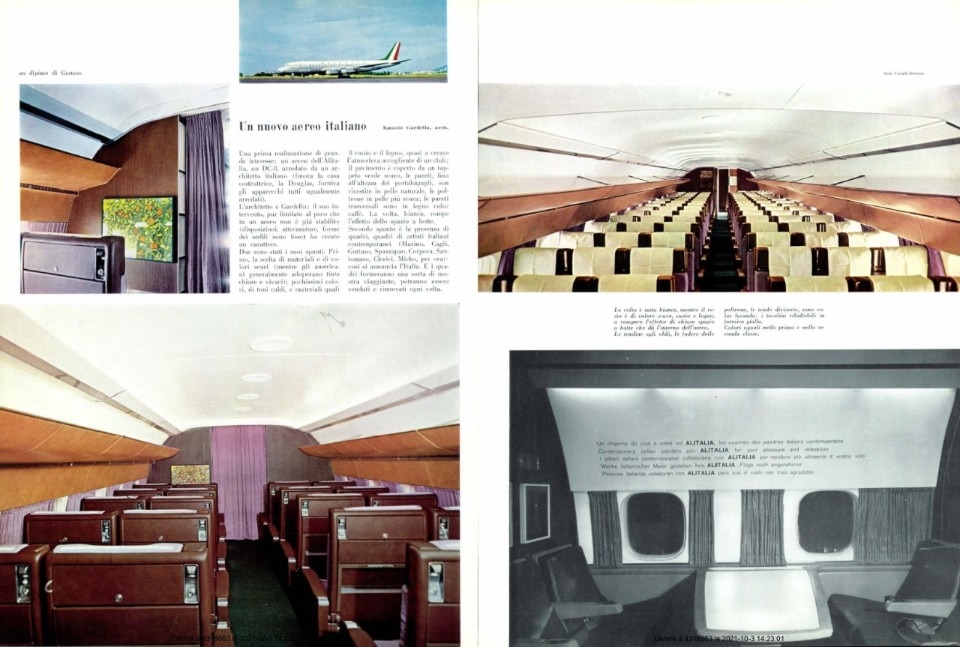
An exhibition of paintings by contemporary artists such as Guttuso, Cagli, Santomaso, Mirko, Corpora and Marino that could also be purchased by the passengers, then, established a dialogue between the Italian tradition and its new status quo of the arts, also anticipating the concept of the on-flight boutique. A slogan inside the aircraft announced: “Contemporary Italian painters join Alitalia for your pleasure and relaxation”.
On the contrary the Alitalia hubs on the ground went through an Atlantic-oriented restyling, as shown by the company's Paris headquarters by Leo Calini, Eugenio Montuori and Cesare Ligini, by the office building by architect Fabio Dinelli located in the EUR quarter of Rome, and by the company's Milanese terminal projected by Gio Ponti in 1960.
“The architect adopted, colour-wise, the light blue characterising our airline company, and, material-wise, ceramics by covering the walls with terracotta tiles by Melotti and white and blue glossing”, one could read on Domus 371. In these same years engineer Riccardo Morandi completed the futuristic-looking aircraft depot in Fiumicino, built using pre-compressed reinforced concrete with tie rods and forked pillars.
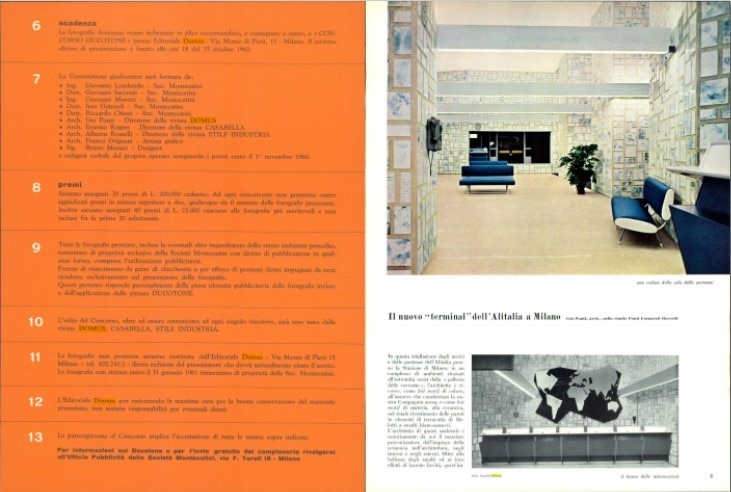
The eye, of course, always plays its part and Alitalia had definitely understood so by commissioning its uniforms to a series of outstanding names of Italian fashion design.
This tradition began with the severe elegance of the Sorelle Fontana, to continue with the skirts shortened above the knee, the flawless white gloves and the Panam-style blue blazers featuring three-quarter sleeves designed by Delia Biagiotti (mother of Laura and founder of the acclaimed fashion house) in the biennium 1964-66 first, and with the uniforms introduced in 1967 by Titta Rossi then, comprising of pillbox hats and white shirts with matching foulards showing the influence of the Swinging London dandy trend.
However, Alitalia's uniform design elegance peaked at the beginning of the 1970s, a decade that, despite being scarred by the oil crisis, was kicked off by the airline company with an exquisite rebranding operation.
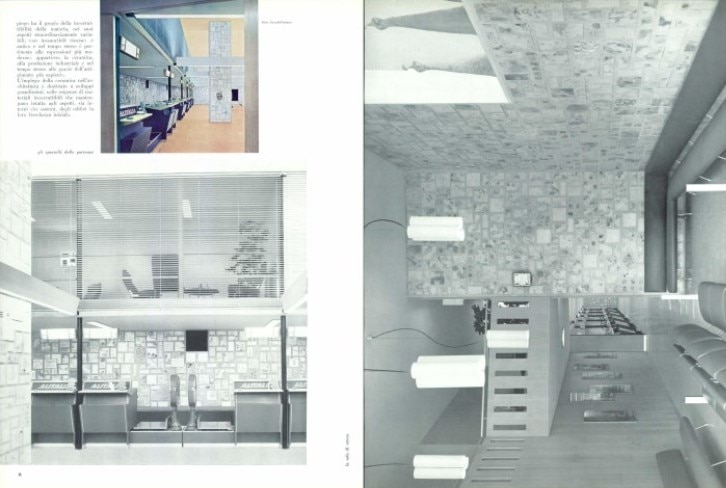
In 1969 San Francisco creative agency Landor Associates was, in fact, responsible for the new three-coloured ‘A’ logo – in use until 2005 – that replaced the historical 'Winged Arrow' to mark the launch of the Boeing 747 aircrafts. Similarly, green became the dominant colour – in a gradient spanning from olive to apple green – of the uniforms designed by Mila Schön. The designer equipped the Alitalia hostesses with miniskirts and knee-high black leather boots, matched by capes and astonishing woollen pink overcoats and dresses. However, the uniform's pillbox hats-cum-visor were the element that truly incarnated the tension between the Italian manufacturing heritage and the Space Age direction of the fashion and design industry of the times.
A tension that found further confirmations not only in the funding provided by Alitalia for the 1972 landmark exhibition Italy: The New Domestic Landscape held at the Museum of Modern Art in New York, but also in the neat volumes of the apricot uniforms by Alberto Fabiani introduced in 1973. Featuring new unseen details like zip-up fastening and belts with the embossed Alitalia logo, these pieces marked the end of tailor-made uniforms, replaced by ready-to-wear ones.
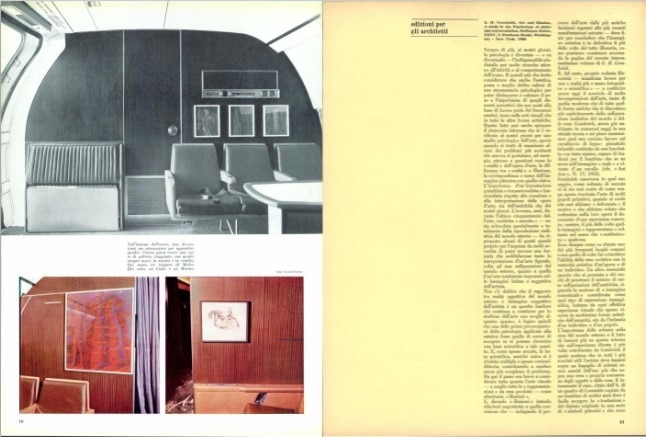
A change that anticipated the relaxation of exclusive and formal elegance that had characterised civil aviation over the previous decades. Take, for instance, the company's incursion into lifestyle with the Alitalia Sport-Frames designed by Kuno Prej-De Meyo that were shortlisted for the 1982 Compasso D'Oro prize, or, again, the image Alitalia communicated with its stand at the 1979 Fiera del Levante in Bari, Apulia.
The cubic structure, which also hosted an Alitalia-sponsored Fiat 131 Abarth competing in rallies, displayed explicit post-modern traits and was projected by Renato Balestra, Livio Leonori, Gianni and Giuseppe Lenti. As reported on Domus 591, it featured "two tilted planes along the diagonal of the cube, which subdivide the internal volume and give rise to a continuous path, tiered spirally and articulated on three planes installed with giantsize blow-ups and photocolour-holder cylinders”.
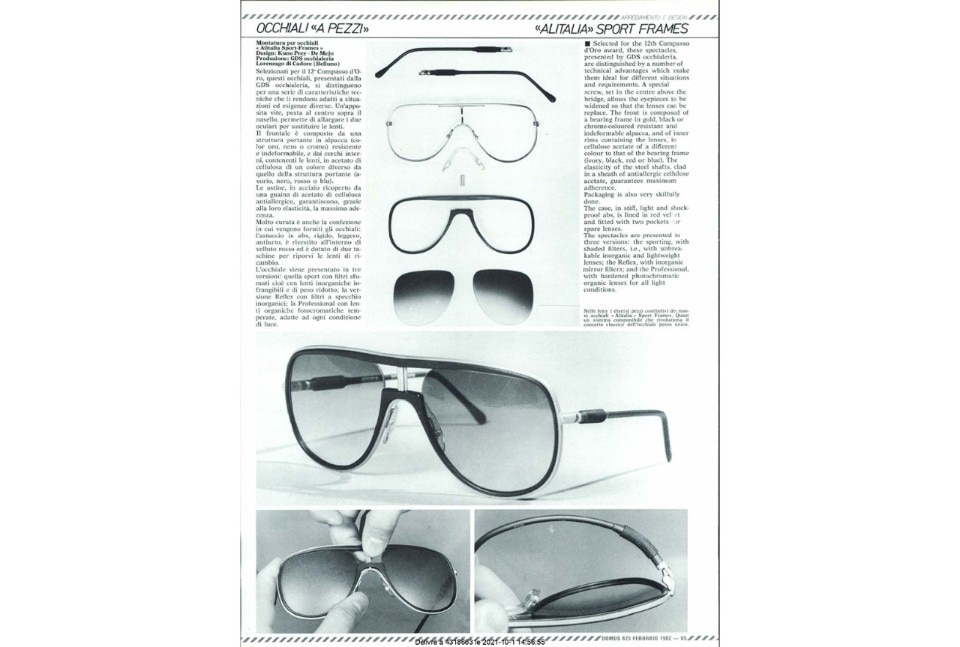
It wasn't until 1991 that Alitalia's elegance was fully restored with the introduction of the uniforms designed by Giorgio Armani presenting alabaster shirts and olive-green blazers, an ode to the opulence of the Millan of the Yuppies and of the top models.
Despite the rise of low-cost airline companies Alitalia stuck to its penchant for class throughout the years, albeit affected by notorious administrative issues. In 2016, with the company's acquisition by Etihad, there had been time for one last lesson in style: the retro-chic uniforms designed by Alberta Ferretti that, however, failed to restore the company's image and bills.
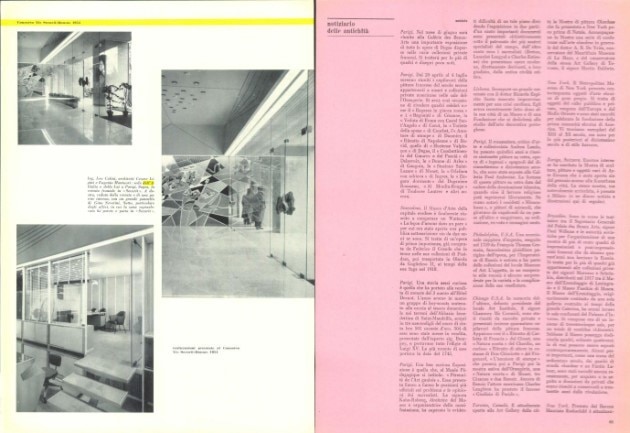
Walking along the perimeter of Piazza San Marco, in Venice, gazing down, among the slow feet of the tourists and those restless of the residents, one can spot a charming modernist mosaic that, next to one by a Martini club night, some fifty or more years ago pointed to the closest Alitalia travel agency. A sight that, at the dawn of Alitalia's final capitulation, stands like the heredity of a long-lost jet-set and of a country that made no mystery of its American aspirations.
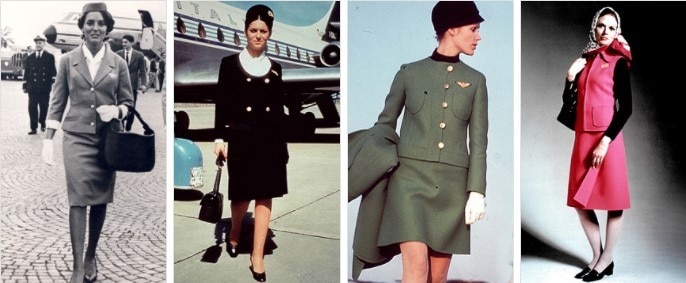
Opening image: Alitalia hostess wearing a uniform by Mila Schön, 1969. Photo: Pinterest


